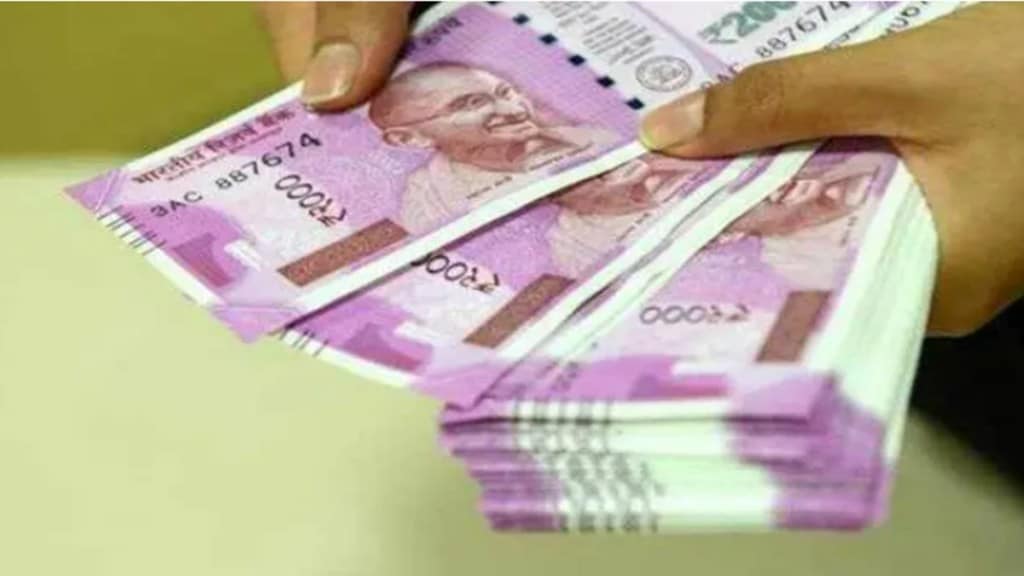The latest per capita income estimates for FY22 put out by the National Statistical Office for 21 states and Union territories—which do not include Maharashtra and Gujarat—indicate the continuing deterioration in average living standards in several states relative to the pre-pandemic year of FY 20. In line with the 2.9% decline in real per capita income observed nationally relative to FY 20, real per capita incomes in Uttar Pradesh, Kerala, Meghalaya, Uttarakhand, Jharkhand, Punjab and the Union territory of Puducherry saw further declines in FY 22. This reflects transitory pandemic-related income shocks as also more deep-seated sources of retrogression. The income stress in the vanguard agrarian state of Punjab suggests all is not well with farmer livelihoods, which have been squeezed by rising input costs and debt. In Kerala, it is perhaps related to the decline in tourism and remittances, which account for a fifth of net state domestic product, due to the end of the Gulf boom. In Uttar Pradesh, average income levels have deteriorated as migrant workers who returned to their villages from cities due to the nationwide lockdown in FY21 have still not found gainful employment. However, in as many as 14 states, real per capita incomes exceeded pre-pandemic levels.
Also read: Making sense of the cash imperative
Over the longer period of a decade as well—from FY 13 to FY 22—many of these laggard states trail the national average real income growth of 3.8% per annum. Average annual per capita income growth in Uttar Pradesh was 2.5%, Meghalaya (0.2%), Jharkhand (3.2%), Punjab (3.3%) and Puducherry (2.5%) while, in Uttarakhand and Kerala, it was not different from the national average. Average living standards also have fallen behind the national average in the poorest state of the country, Bihar, despite relatively higher growth in state domestic product. This belies claims of the state government before the Supreme Court that it imposed prohibition as its residents were drinking more due to higher incomes. The ranks of these lagging states also include Rajasthan and Delhi that is the richest among the 21 states and Union territories. In 12 states, however, real per capita income growth increased faster than the national average.
Also read: Advance price agreements need a turbocharge
The big question naturally is whether there is a pattern to these inter-state disparities. Are the states in which per capita income increased faster than the national average concentrated in one part of India as the stereotypes suggest, of a go-go south versus the overpopulated and impoverished BIMARU states of Bihar, Madhya Pradesh, Rajasthan and Uttar Pradesh? In its survey of mid-90s India, The Economist argued that one had to draw a line from Kanpur in Uttar Pradesh to the tip of the sub-continent: “On the western side are bits of India that work; on the east, the bits that don’t.” This south-north or west-east divide does not hold for decadal trends in per capita income growth. It is no doubt true that real incomes in Karnataka, Andhra, Telangana and Tamil Nadu have outpaced the national average but Kerala has lost steam. Madhya Pradesh has broken out from the ranks of the BIMARU, with a stellar income growth of 5.8% per annum. The dynamism of Tripura, Sikkim and Odisha point to newer geographies of prosperity in the eastern region—all of which suggest that income growth is observed in more than one part of the country.


